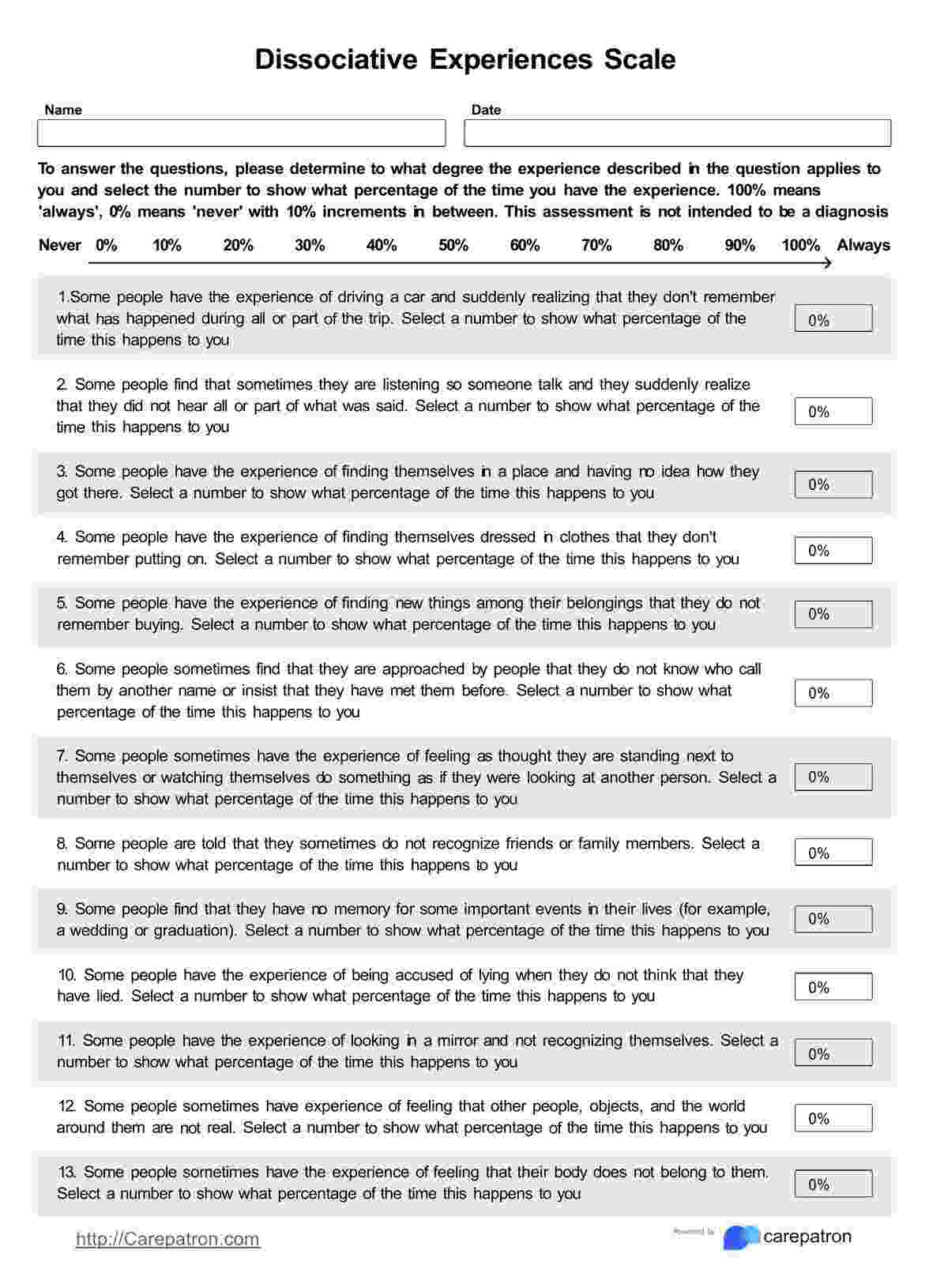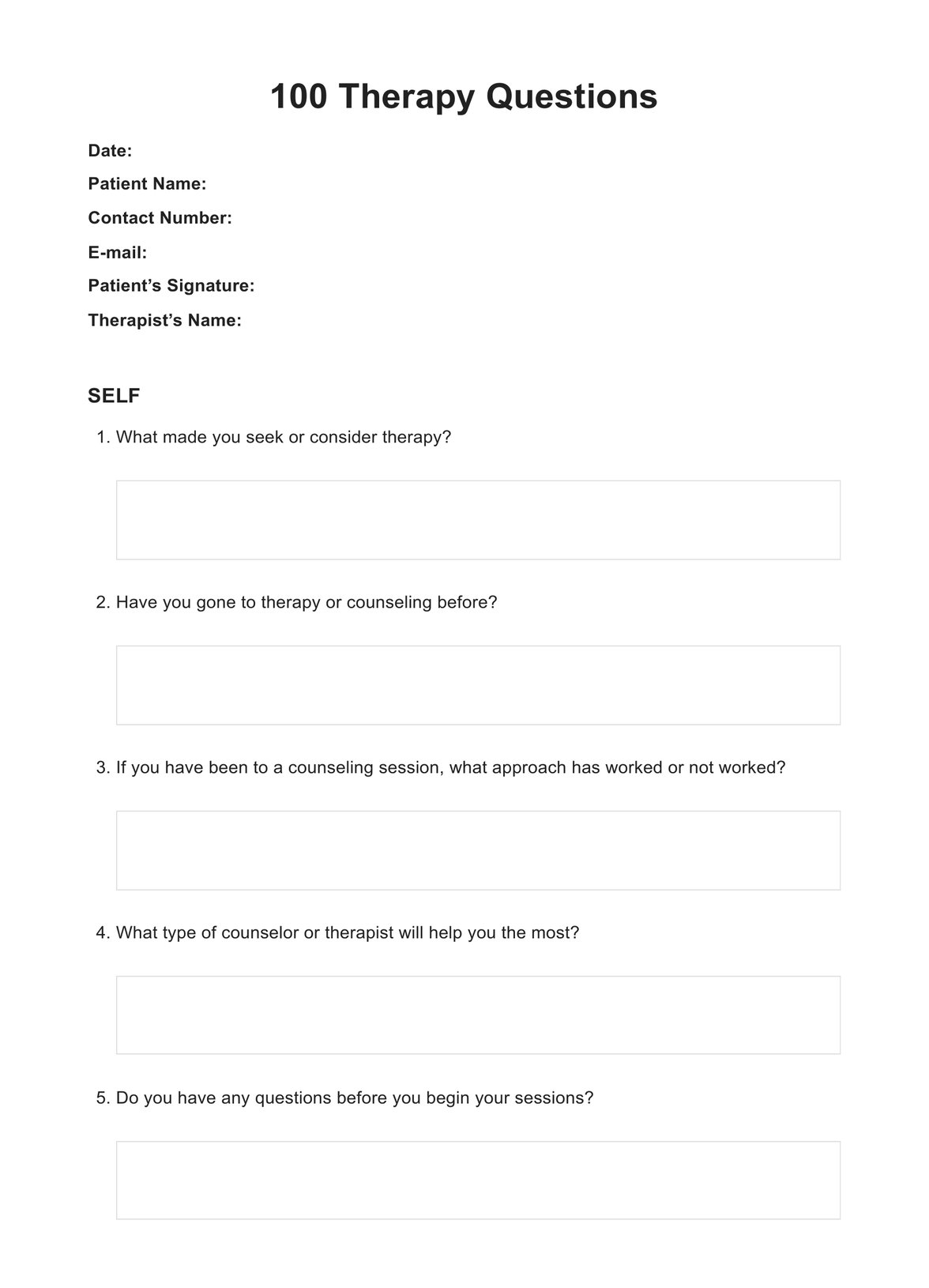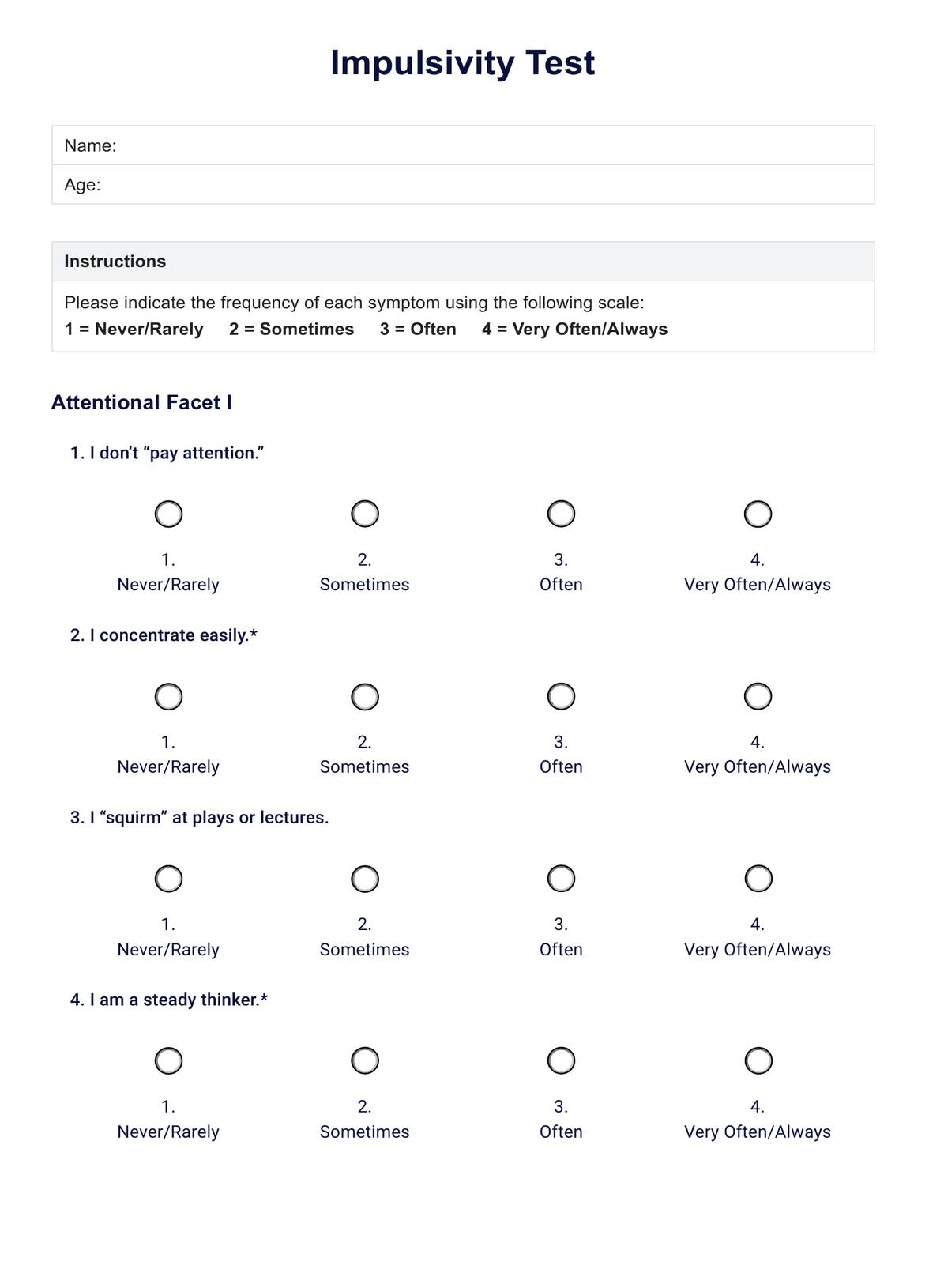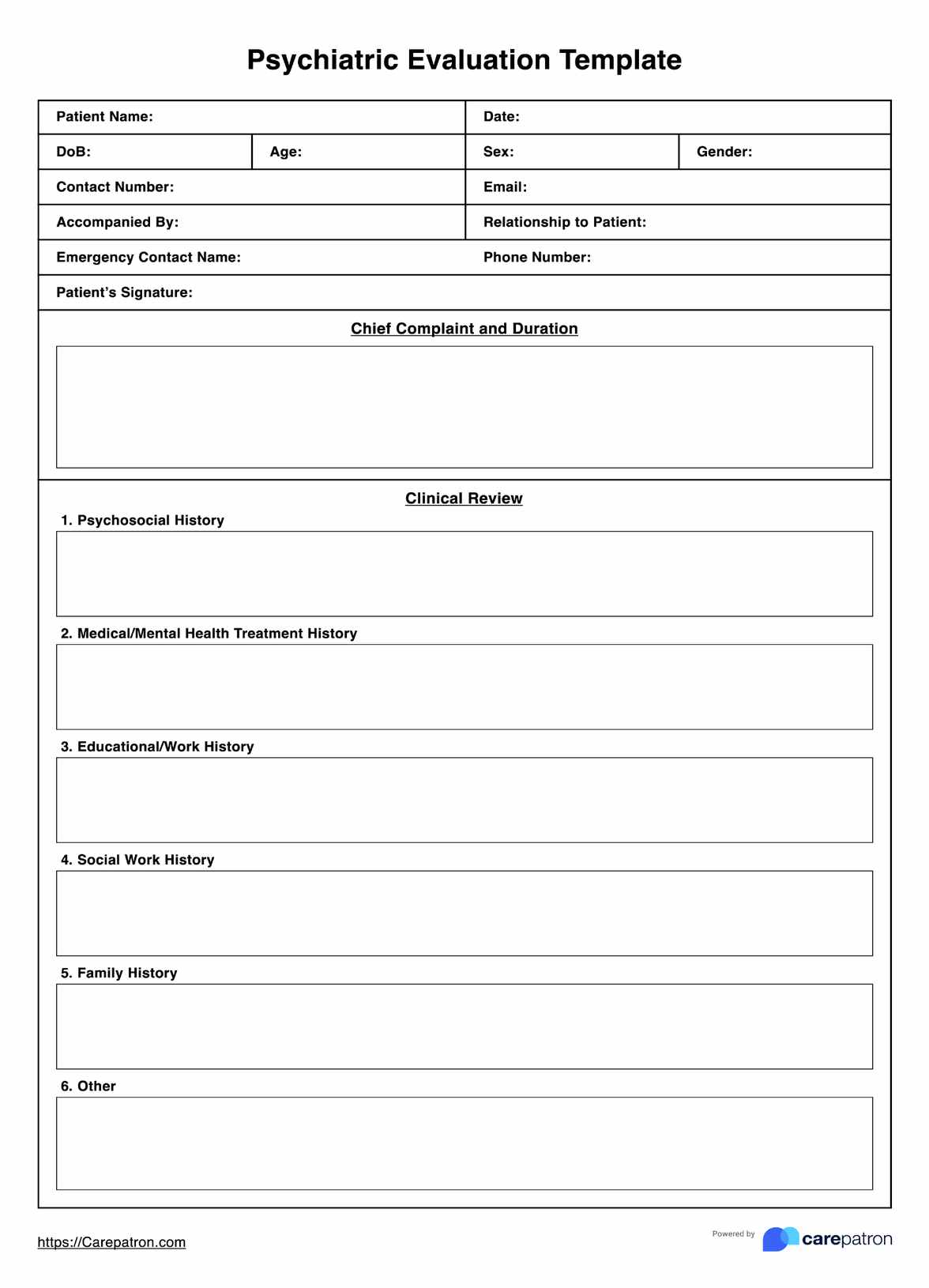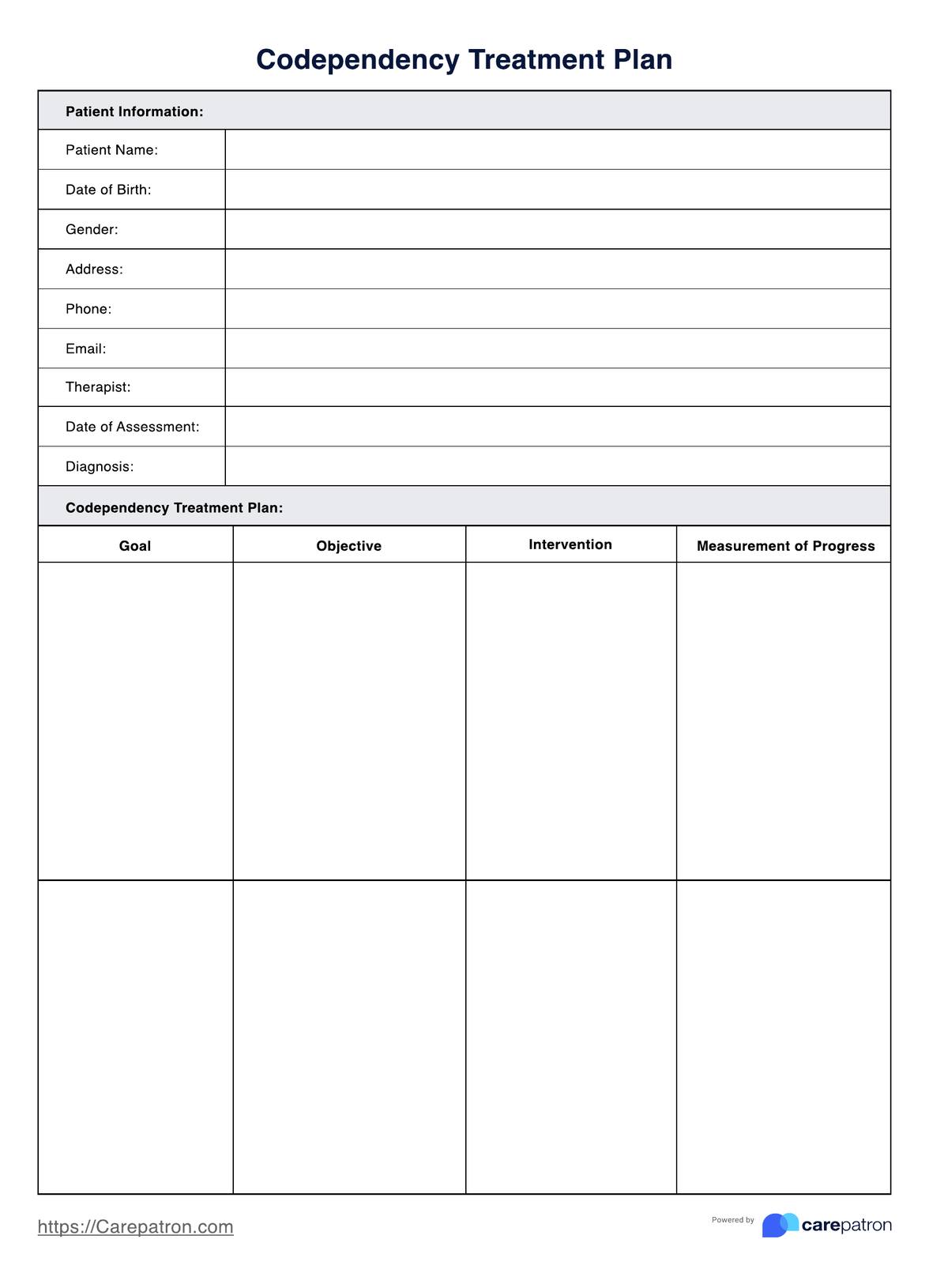ABCDE Journal PTSD Worksheet
Learn about healing and insight with the ABCDE Journal PTSD Worksheet. Gain control over your reactions and beliefs. Download now for personal growth.


What is Trauma and PTSD?
Trauma is a distressing event that can have enduring emotional consequences, disrupting a person's sense of safety and well-being. It can result from various experiences like accidents, abuse, violence, or natural disasters.
Post-Traumatic Stress Disorder or PTSD is a mental health condition that can develop following trauma. It's characterized by symptoms such as flashbacks, nightmares, severe anxiety, and intrusive thoughts about the trauma. People with PTSD may also experience hypervigilance, avoid trauma reminders, and mood disturbances.
Optimism in the context of PTSD involves maintaining a positive outlook despite the challenges posed by trauma. While it doesn't diminish the seriousness of trauma, optimism can be a crucial factor in the recovery process.
Optimistic individuals are more likely to seek help, engage in therapy, and develop resilience. Optimism can be nurtured through therapy, social support, and coping strategies. It helps individuals reframe traumatic experiences as opportunities for personal growth. Fostering hope and belief in healing is vital in managing PTSD. Optimism empowers individuals to regain control over their lives and work toward recovery and post-traumatic growth.
ABCDE Journal PTSD Worksheet Template
ABCDE Journal PTSD Worksheet Example
How to use the ABCDE Journal PTSD Worksheet:
The worksheet helps individuals process and cope with challenging situations, especially in the context of PTSD. Here's how to effectively use this worksheet in six steps:
Step 1: Identify a Challenging Situation
Think of a recent adverse event or challenging situation that you've experienced. It could be related to trauma, stress, or any emotionally difficult scenario.
Step 2: Describe the Adversity (A)
In the worksheet, under the "Adversity" section, provide a detailed and objective account of the challenging situation. Stick to the facts and include specific details.
Step 3: Reflect on Your Beliefs (B)
Move to the "Beliefs" section and jot down the initial thoughts that crossed your mind during the described situation. These beliefs are often automatic and may be negative or self-critical.
Step 4: Describe Consequences (C)
In the "Consequences" section, outline how the situation made you feel and describe your actions in response to your beliefs. Be honest and specific about your emotional reactions and behaviors.
Step 5: Dispute and Energize Yourself (D and E)
Review your beliefs and consequences to see if they align. Suppose they don't explain any discrepancies. In the "Dispute" section (D), identify evidence or facts contradicting your initial beliefs. Then, try to view the adverse event from a different perspective. Finally, in the "Energize Yourself" section (E), list the positive effects of disputing your initial beliefs and reflect on strategies to better cope with similar situations in the future.
When Would you use this ABCDE Journal PTSD Worksheet?
Here are some of the most appropriate times to use this worksheet:
Therapy Sessions: Mental health therapists and counselors can incorporate the ABCDE Journal PTSD Worksheet into their sessions. It helps clients explore and process their emotional reactions to traumatic events, contributing to the therapeutic process.
Post-Trauma Recovery: This worksheet particularly benefits individuals with PTSD or other trauma-related disorders. It aids in understanding the impact of traumatic events, identifying negative thought patterns, and fostering resilience.
Self-Help and Self-Reflection: Those seeking self-improvement and personal growth can use the worksheet independently. It offers a structured approach to challenging negative beliefs and promoting emotional well-being.
Mental Health Practice Management: Healthcare professionals and organizations can incorporate the worksheet into their free EHR software for mental health. This ensures consistent and standardized documentation, aiding treatment planning and progress tracking.
What are the Benefits of Using this ABCDE Journal PTSD Worksheet?
Identification of Negative Beliefs
By encouraging users to articulate their initial beliefs (B) and compare them to the actual consequences (C) of a situation, the worksheet helps identify negative or irrational thought patterns. Research in cognitive-behavioral therapy (CBT) highlights the importance of recognizing and challenging such beliefs to improve mental health (Hofmann et al., 2012).
Enhanced Therapy Sessions
For mental health professionals, integrating the free ABCDE Journal PTSD Worksheet into clinical notes software streamlines documentation and aids in the therapeutic process. It enables therapists to track their clients' progress, assess the effectiveness of interventions, and tailor treatment plans accordingly.
Streamlined Practice Management
For healthcare providers and organizations, using the worksheet as part of practice management software ensures standardized documentation. This simplifies administrative tasks and promotes efficient care delivery.
Commonly asked questions
Completing the worksheet varies depending on the situation's complexity and the individual's reflection process but typically ranges from 15 minutes to an hour.
It can help individuals gain insight into their reactions and beliefs by providing a structured framework for self-reflection, promoting emotional processing, and personal growth.
It is perfect when individuals face challenging situations, particularly those related to trauma, stress, or emotional difficulties, and want to better understand and cope with their reactions.
The worksheet is helpful for a wide range of individuals, including those seeking self-improvement, individuals with PTSD, or those undergoing therapy, as well as mental health professionals looking to guide their clients through structured self-reflection and cognitive restructuring exercises.


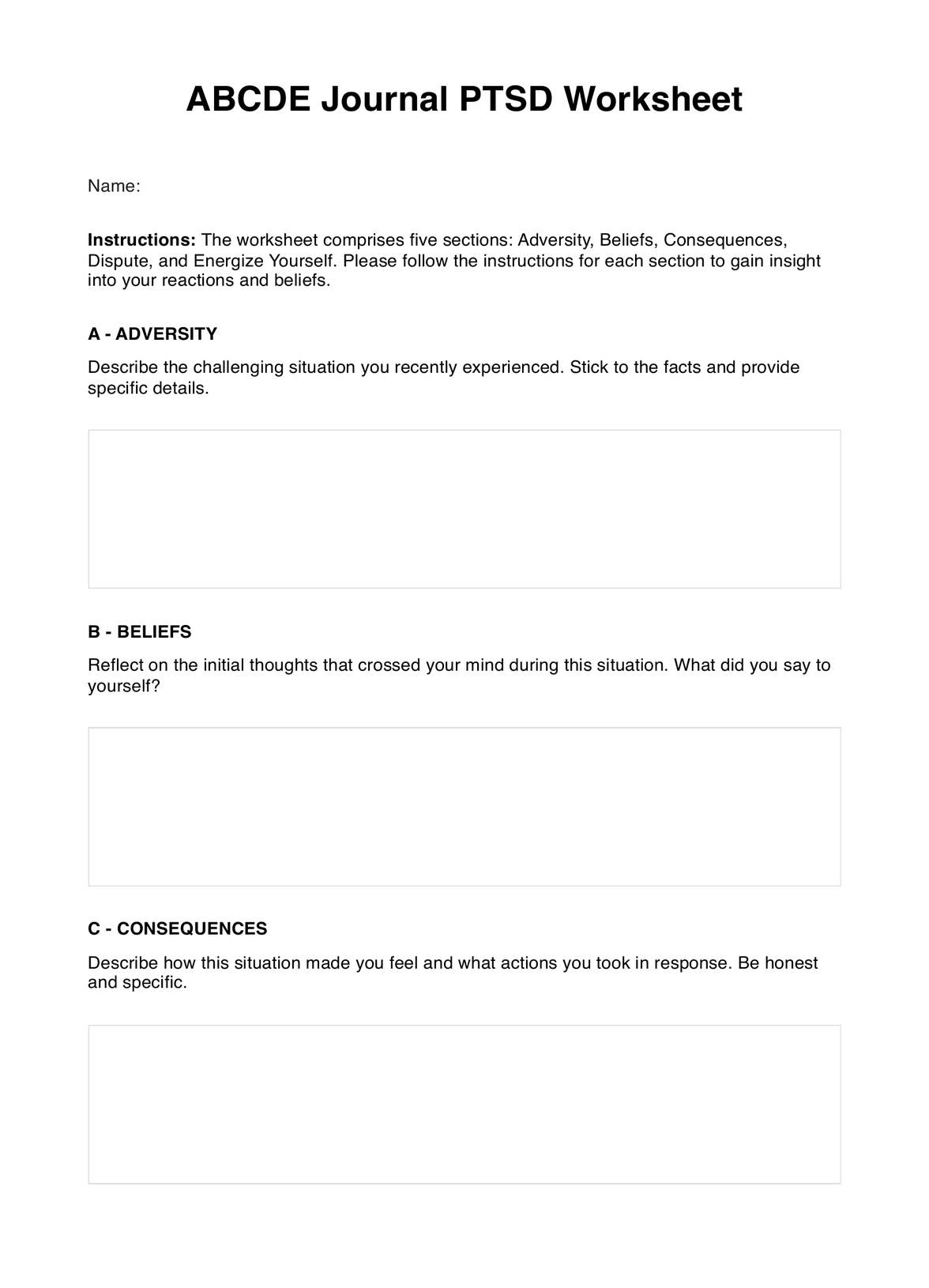
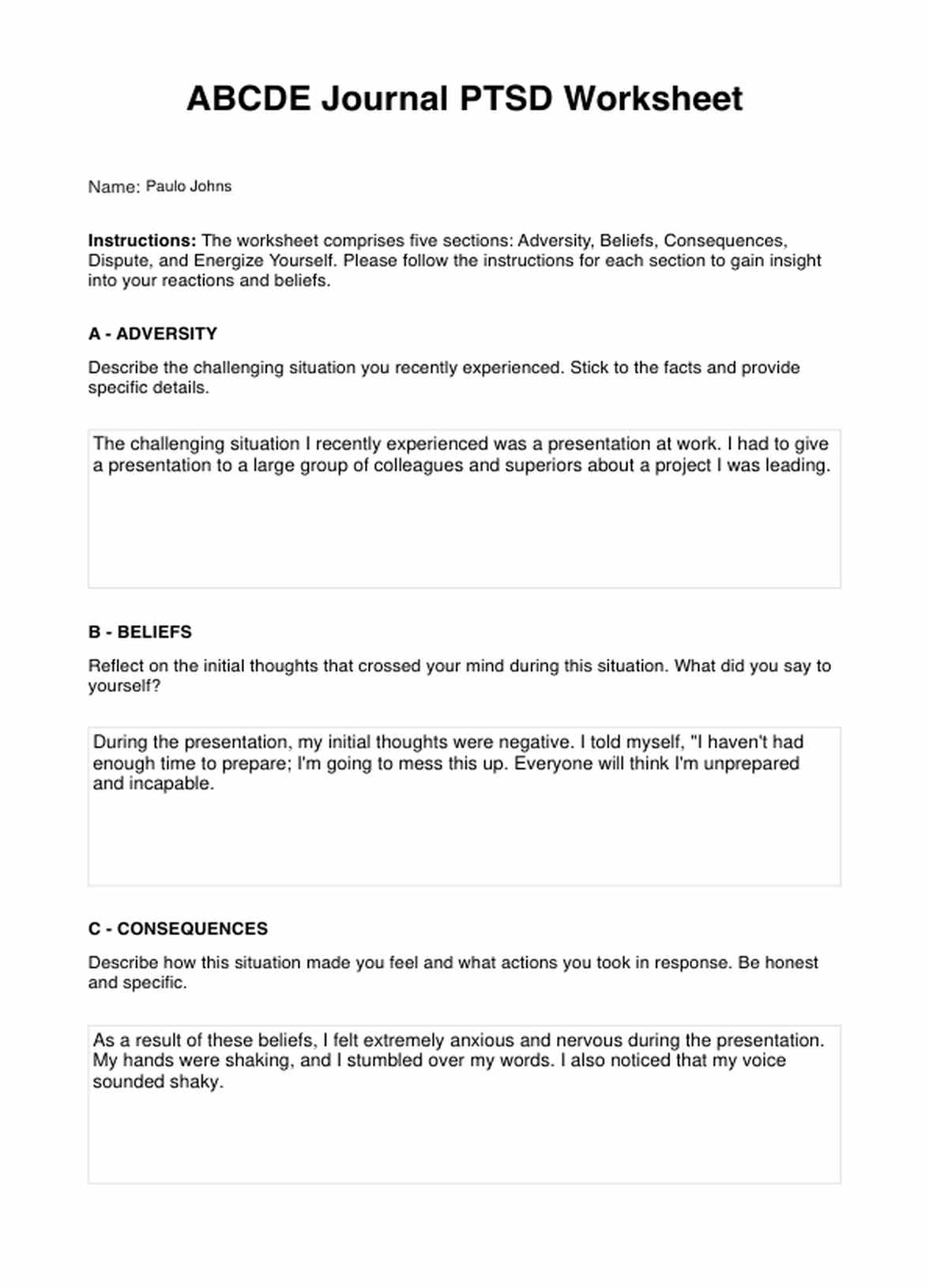


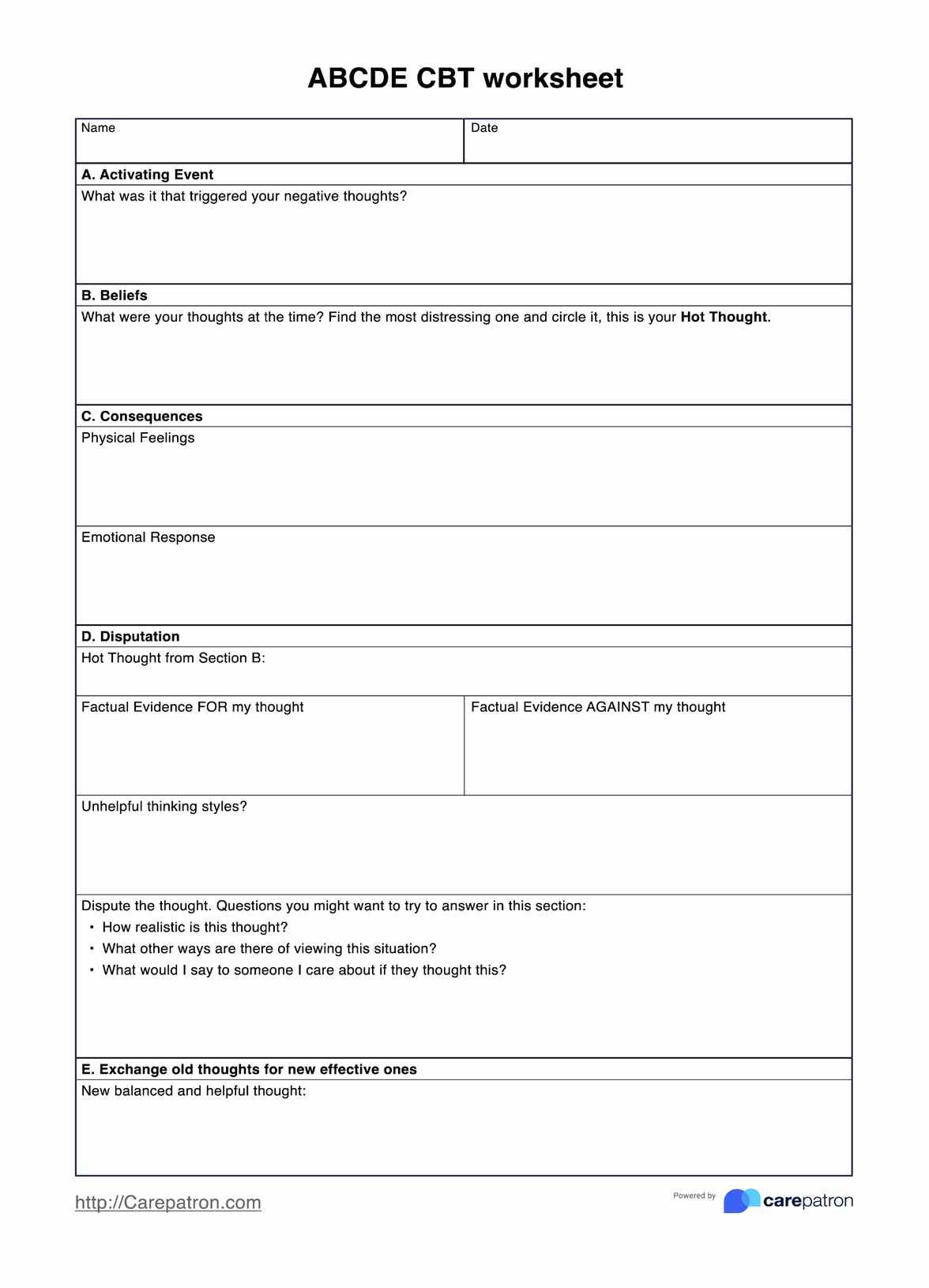















-template.jpg)




















































































